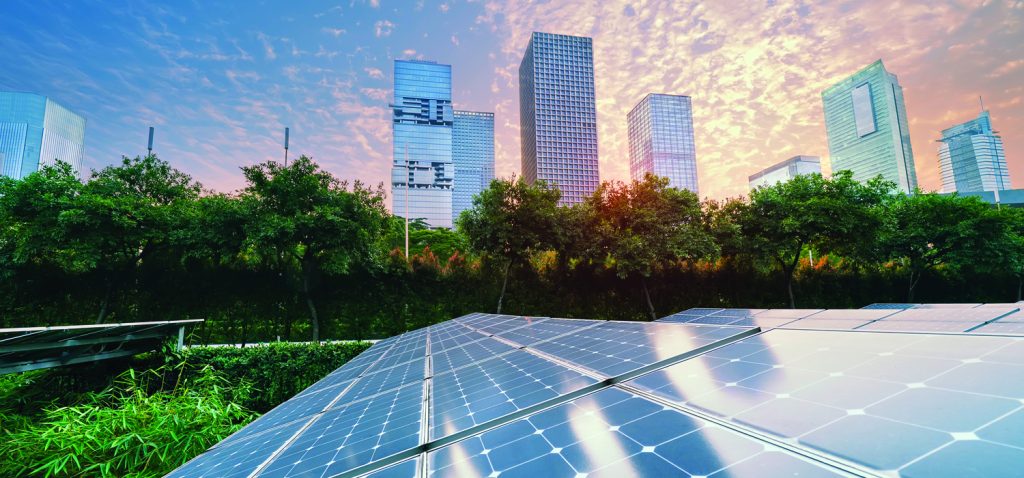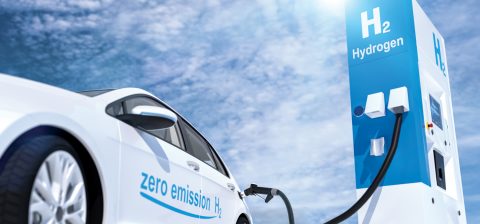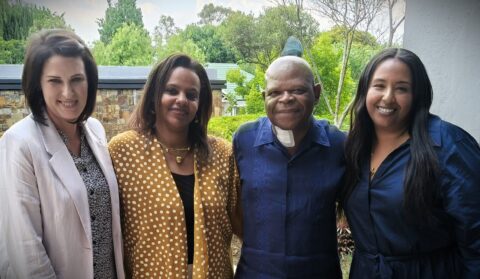SA Mining
Clean Energy
The global revolution in adoption is now in full swing. States across the world, primarily in developed regions but also in developing nations in the global south, are looking to wean off their dependence on carbon-based energy generation – including coal, oil and later gas – and transportation fuelled by hydrocarbons.
This shift does however come with a number of complexities, including establishing more robust supply chains for various minerals and rare earth elements that will be required as part of this transition.
Green energy transportation such as electric vehicles (EVs) and power generation units such as wind turbines require significantly more material to develop than their carbon counterparts. Various types of EVs including hybrid electric (HEV), plug-in hybrid electric (PHEV) and battery-electric (BEV) require anywhere between 35kg and 80kg of copper in order to operate, paling the needs of conventional vehicles that only sap 8kg to 20kg of the same.
Wind turbines will similarly require significantly more copper for both onshore and offshore installations than conventional power generation plants, with global oil and gas consulting firm Wood Mackenzie estimating that 5.5 metric tonnes of copper will be needed leading up to 2028 to meet the needs of new projects.
Similar to copper, demand for cobalt – a key component in the manufacture of EV batteries – has risen drastically in recent years, with the price standing at over $50 000 a tonne as of May 2021, surging by over 60% since the start of the year.
Nickel is reflecting the same trend with prices surging by close to 70% over the past year reaching highs of $18 000 per tonne, primarily driven by rising EV sales in Europe and China.
With United States-based EV manufacturer Tesla announcing in the latter half of 2020 that it will be increasing the use of manganese in the production of batteries for its mid-range vehicles, the price of this mineral is also expected to rise in parallel to the others mentioned.
The battle for rare earth minerals begins
Though rare earth elements are more negligible in their current contribution to the energy transition, as technology evolves they could play an increasing role. Representing a cluster of 15 minerals, rare earth elements such neodymium and praseodymium – or NdPr as they are more commonly known – are key components in the production of magnets used to power EVs, which in turn are set to absorb around 40% of future demand.
China, as the dominant processor of rare earths, is moving forward strategically in its role within the global EV supply chain given recent trade tensions with the US and is likely to exert significant pressure on the latter when it comes to stable supplies.
In turn the US has begun to shift its policy prerogatives to move away from its dependence on China as a supplier of processed rare earth elements – currently accounting for some four fifths of supply – and has turned its attention to Africa as an alternative source while also building up its own capacity for processing rare earth elements. Both Burundi and Malawi are on the US shortlist of key future suppliers.
All things considered, the rising demand for such minerals is set to have a significant impact on various African producers who are at present key suppliers to global markets including Burundi (coltan, rare earth elements) the Democratic Republic of the Congo (cobalt, coltan, nickel), and Rwanda (coltan, rare earth elements).
The argument for more formalised and structured oversight in supply chains within such states is growing in parallel. In May 2021 the International Energy Agency (IEA) released a special report noting the importance of structured and formalised supply chains of key minerals including cobalt, copper, graphite, lithium, nickel, manganese, molybdenum and silicon, along with the same treatment being given to suppliers of rare earth elements, particularly within African states who are set to play an ever-growing role in facilitating the energy transition.
Strong regulation is necessary for supply chain transparency
The growth in attention on African states as suppliers of energy-transition minerals is not new, but it is becoming a more difficult issue to overlook as the world ramps up impetus to move away from carbon-based energy and transportation sources.
Both the DRC and more recently Rwanda have come into the spotlight for the wrong reasons when looking at their roles in the cobalt supply chain. The DRC has been facing scrutiny over transparency in production and supply of cobalt for some time, with human rights abuses and sidelining of artisanal miners during the Joseph Kabila administration being commonplace.
A June 2020 report by International Crisis Group, a peace-keeping NGO, noted the incidence of the forced removal of artisanal miners from industrial mining sites in the Haut-Katanga and Lualaba province, despite not encroaching on existing operations in any way.
Smuggling of cobalt and coltan into Rwanda to maximise on tax savings is also commonplace and driving illegal trade between the two nations, with Rwanda now coming under scrutiny for facilitating the movement of “blood minerals”.
Some forward motions are being made by the governments of African states who are set to boom off the back of the global energy transition. Though stability is fragile in the DRC, the Félix Tshisekedi administration has sought to move on reviewing existing contracts with Chinese firms in August 2021 as a way to eek out additional value from the country’s mineral wealth while simultaneously looking to curb the illegal movement of minerals.
In parallel, the incoming administration of Évariste Ndayishimiye in Burundi has also sought to re-evaluate existing contracts with rare earth mining companies as of July 2021, the main one targeted being US-based Rainbow Rare Earths, as a move to seek additional beneficiation in preparation for the looming boom in demand.
The current motions being made by African governments are positive, but more needs to be done in preparation for growth in demand. With the US increasingly looking to the continent as a supplier of key minerals, African governments will need to place greater emphasis on oversights and transparency initiatives, lest the former start increasing political and economic pressure to comply with global supply chain standards, while also focusing on development initiatives, particularly in the artisanal mining space.





